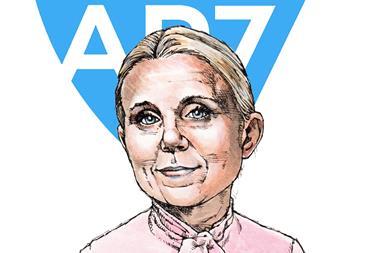Eight in 10 small and medium-sized Dutch pension funds now use one or more Sustainable Development Goals (SDGs) in their sustainable investment policy, according to a study by custodian bank Caceis among 30 funds. Schemes also increasingly make use of scenario analysis to measure ESG risks.
The share of funds that use SDGs has risen to 81% from 58% a year earlier. Climate Action, Sustainable and Affordable Energy and Good Health & Wellbeing are the most popular SDGs.
The number of funds that use stress tests and/or scenario analysis to map ESG risks has also gone up, from 30% to 51%, according to the research. Examples of such scenarios include the effects of the introduction of a (European) carbon tax, or the impact of failing to reach the goals of the Paris Climate Accord in an investment portfolio.
Medium-sized and smaller funds also increasingly ask their fiduciary managers to take charge of sustainability reporting. The percentage of funds to do so has risen to 60% from 48% last year.
The pension funds in the survey still have some work to do when it comes to the Sustainable Finance Disclosures Regulation (SFDR). Almost two thirds of them have chosen to opt out from article 4 of the regulation, meaning they don’t take the “adverse sustainability impacts” of their investment decisions into account.
The funds say they still have insufficient knowledge about the SFDR or about the impact of the new regulation on their workings.
However, more than half of the funds in question have labelled their pension arrangements as either article 8 or 9. All of these funds consider their pension arrangements to promote environmental or social characteristics or, in the case of article 9 products, regard impact as an explicit investment objective.











No comments yet